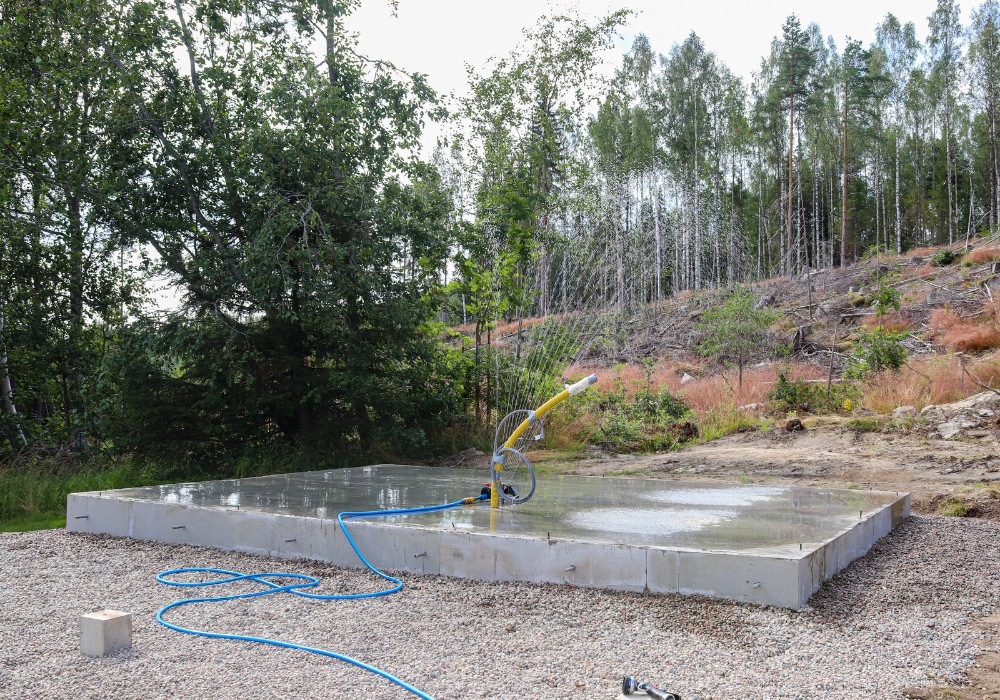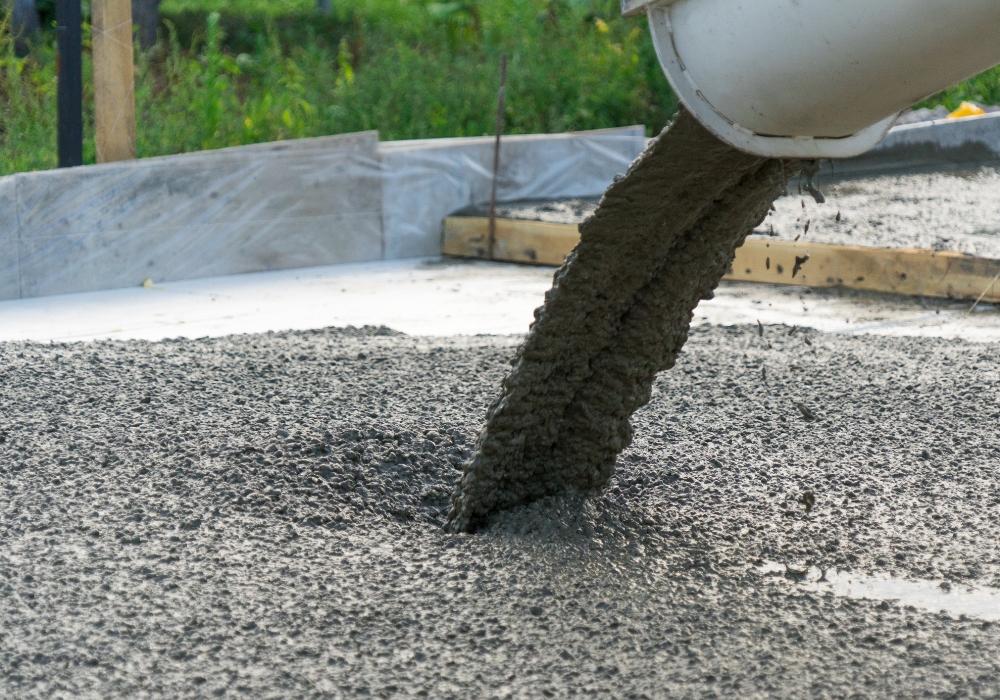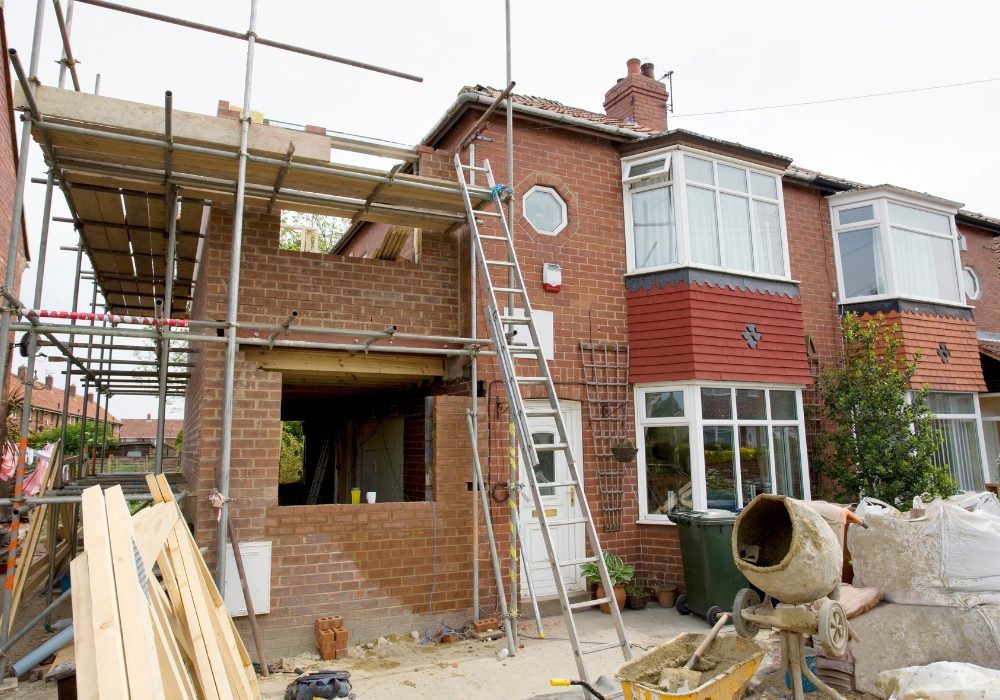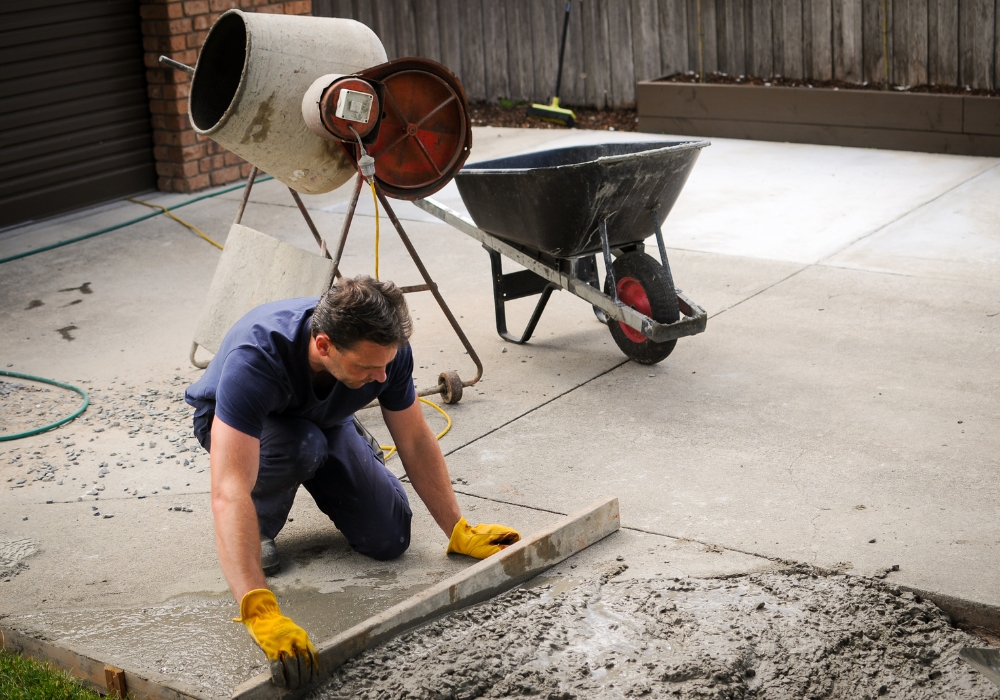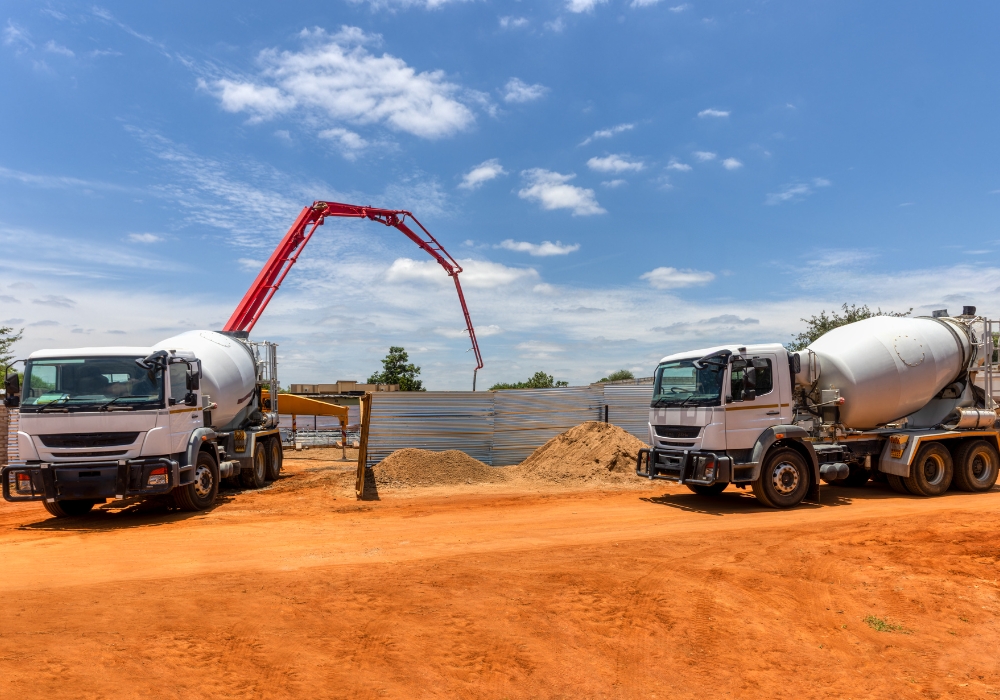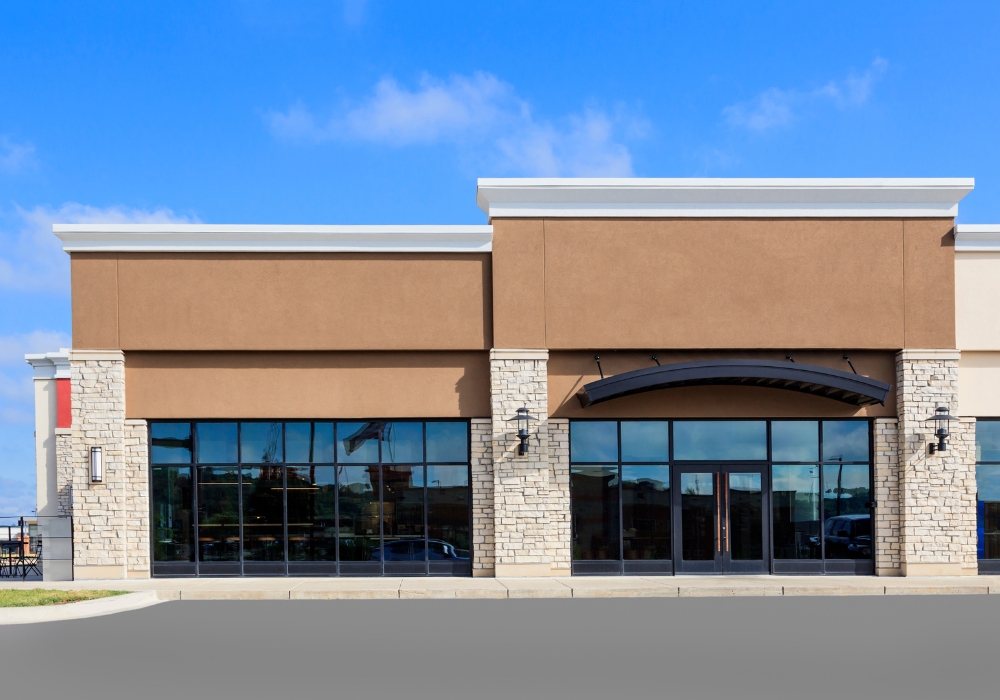Concrete is a cornerstone of modern construction, prized for its strength, versatility, and longevity. From the foundations of our homes to the vast expanses of our roadways, it’s a material we rely on every day. However, despite its widespread use, misconceptions about concrete curing abound. These myths can lead to improper practices, potentially compromising the integrity and lifespan of concrete structures.
Curing, in essence, is the process of maintaining the moisture content and temperature of concrete to enable it to develop its optimal properties. It’s a critical process, distinct from drying, that often gets misunderstood. This blog post aims to debunk those common myths, empowering both industry professionals and DIY enthusiasts with the knowledge to ensure successful concrete projects.
The Hydration Equation: It’s Not About Drying
One of the most persistent myths is that concrete hardens by simply drying out. This couldn’t be further from the truth. The hardening of concrete is a chemical reaction known as hydration.
The Truth
Concrete sets and gains strength through a chemical reaction between cement and water, called hydration. This process forms strong bonds within the concrete matrix. While excess water does eventually evaporate, this is a separate process from curing. Curing focuses on providing the optimal conditions for hydration to occur. If concrete dries out too quickly, the hydration process is disrupted, leading to weaker, more brittle concrete.
This is why controlling moisture loss is paramount, especially in Australia’s diverse climate. High temperatures, low humidity, and wind can all accelerate evaporation, robbing the concrete of the water it needs to cure properly.
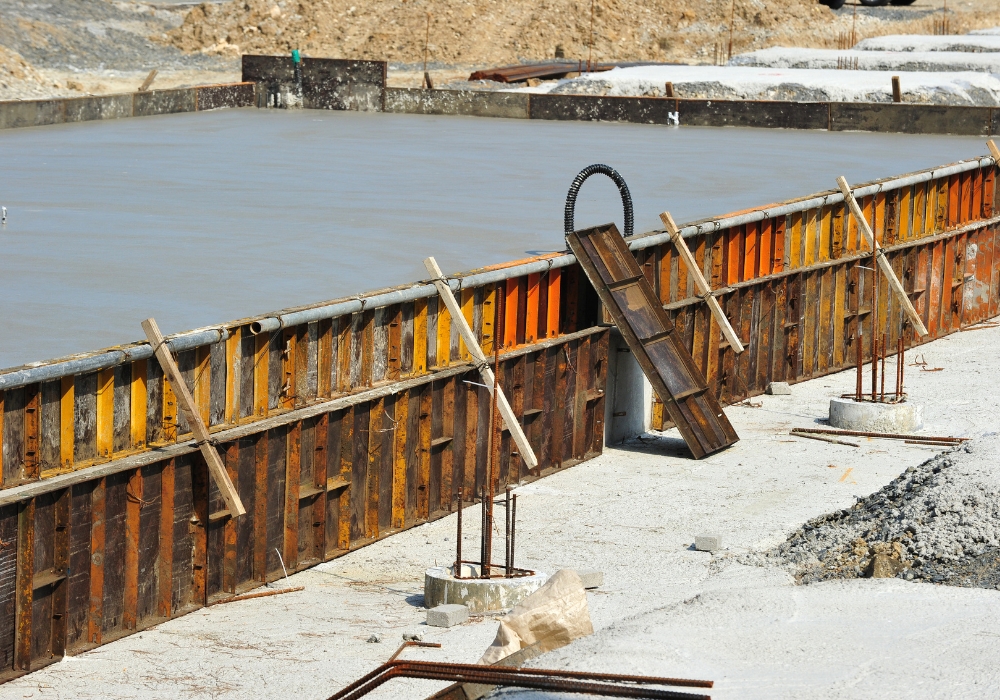
Dispelling the Hot Weather Curing Fallacy
Another common misconception is that curing is only necessary in hot weather. While it’s true that high temperatures can exacerbate moisture loss, curing is essential regardless of the ambient temperature.
The Truth
Curing is a year-round requirement. In hot weather, the focus is on preventing rapid evaporation. However, in cooler temperatures, the challenge is different. While evaporation is less of a concern, the hydration process itself slows down. Curing in cool weather involves protecting the concrete from freezing and maintaining a suitable temperature for the reaction to proceed at an acceptable rate.
Therefore, whether it’s a scorching summer day or a cool winter morning, proper curing techniques are vital to ensure the concrete achieves its full potential.
Debunking the ‘More Water is Better’ Belief
Many people believe that adding more water to the concrete mix during pouring leads to better curing. This is a misunderstanding of the relationship between water and concrete.
The Truth
The water-to-cement ratio in the concrete mix is crucial for its final strength and durability. While water is a key ingredient in the hydration process, adding excessive water can be detrimental. Too much water dilutes the cement paste, resulting in a weaker concrete with increased shrinkage and a greater tendency to crack. This excess water also takes longer to evaporate, delaying the finishing process.
The goal is to use the correct amount of water in the mix to achieve workability while maintaining the optimal water-to-cement ratio for strength. Proper curing techniques then ensure that this water is retained for the duration of the curing process.
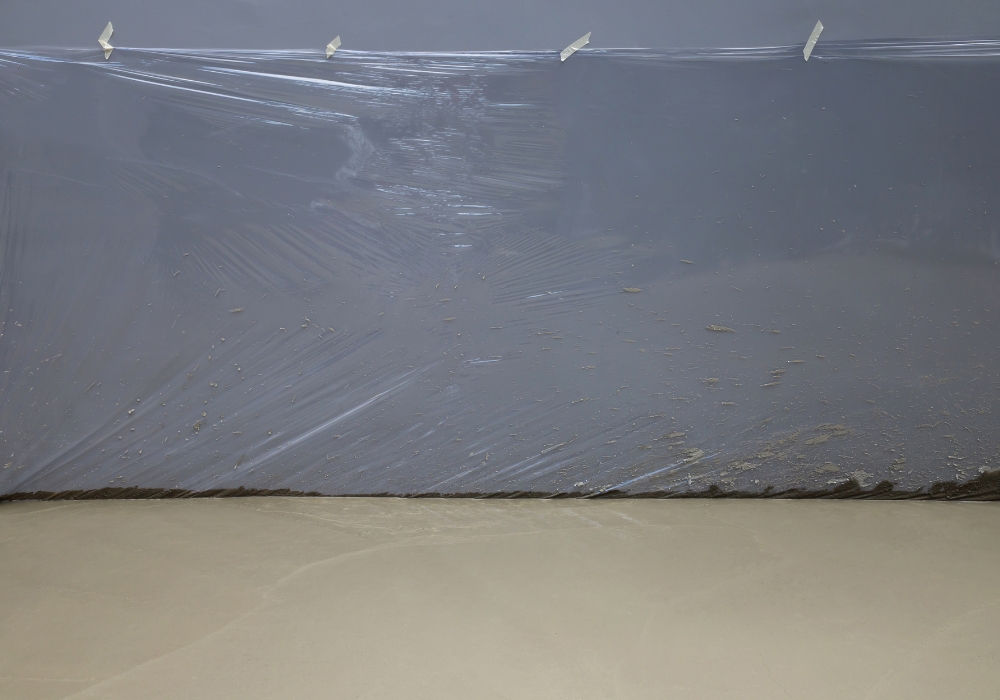
The Long-Term Benefits of Proper Curing
Proper concrete curing is not merely a step in the construction process; it’s an investment in the long-term performance and integrity of the concrete structure. The benefits of effective curing are manifold:
- Maximised Strength: Curing has a profound impact on concrete strength. Well-cured concrete can achieve significantly higher compressive strength compared to concrete that is left to dry prematurely. This added strength translates to improved load-bearing capacity and a longer lifespan for the structure.
- Enhanced Durability: Curing plays a critical role in enhancing concrete’s resistance to a range of damaging factors. Properly cured concrete is better equipped to withstand the stresses of abrasion, the damaging effects of freeze-thaw cycles in colder climates, and the intrusion of harmful chemicals.
- Crack Prevention: One of the most common and unsightly problems in concrete is cracking. Proper curing helps to minimise shrinkage, a major cause of cracking, resulting in a more aesthetically pleasing and structurally sound surface.
- Minimised Dusting: Well-cured concrete is less prone to dusting, a phenomenon where the surface of the concrete becomes powdery and creates dust. This is particularly important in areas where hygiene and air quality are concerns.
By understanding the importance of curing and dispelling these common myths, we can ensure that concrete structures continue to provide the strength, durability, and longevity that we expect.
For any concrete project, it’s advisable to seek professional concreting services to ensure a high-quality finish. Professionals have the expertise and experience to handle all aspects of the concrete process, including proper curing techniques. If you’re in need of reliable concrete services, consider contacting experienced concreters who can deliver optimal results.
